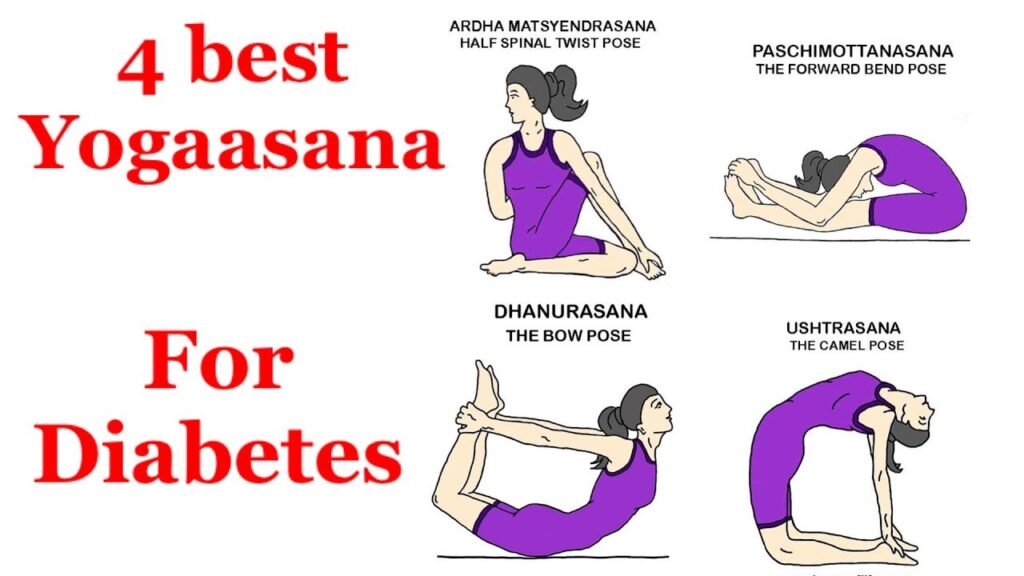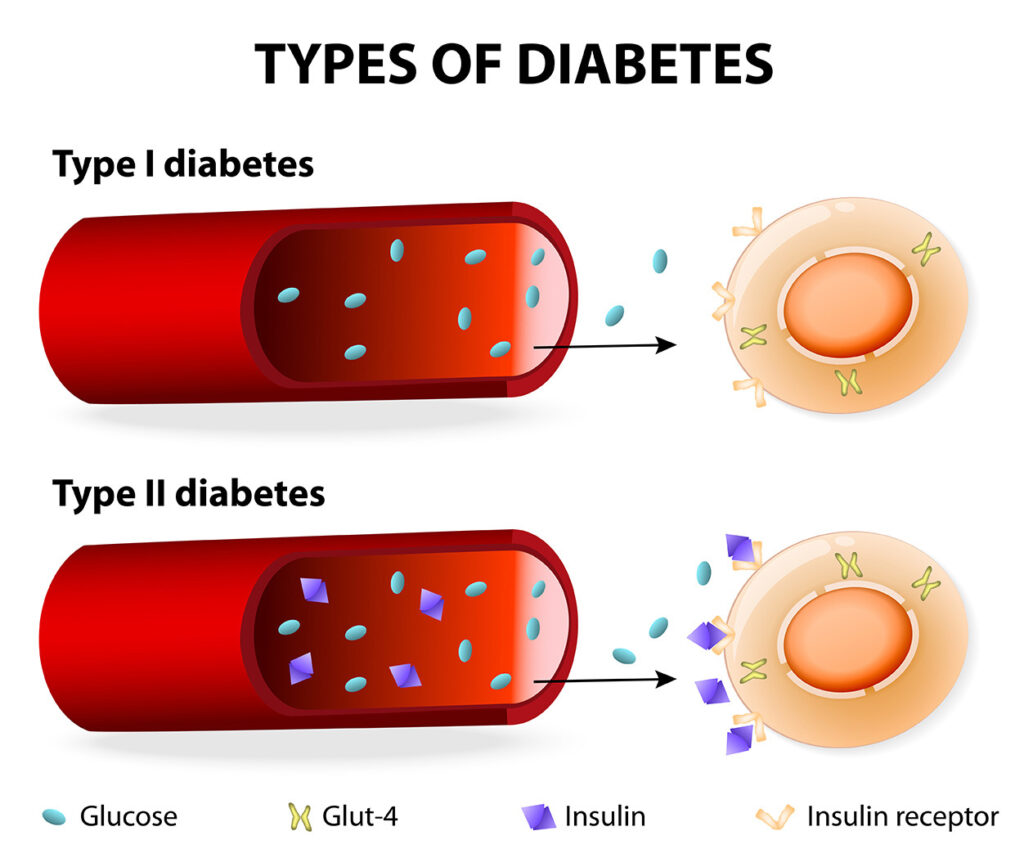Welcome To DR SUSHILA RATHOD”S DIABETES REVERSAL PROGRAM
PROVEN ANCIENT WAY OF DIABETES REVERSL PROGRAM .
‘Ayurveda for Everyone’ is the vision of DR SUSHILA RATHOD And what is being accomplished through this vision is Health, Strength & energetic mindset to serve the Society. As we all know that Now a days diabetes is the common LIfestyle disease of century hence dr sushila has decided to make DIABETES FREE WORLD .

DR .SUSHILA RATHOD is Pune(India) based Ayurveda, Yoga & Culture Centre. It has strong belief in & focus on importance of adopting healthy & minimalist lifestyle to prevent mental, physical & social illness fully owned by Dr. Sushila Rathod Your health & wellness is not prescription but life-long experience.

We provide authentic education in a supportive environment that encourages the integration of Ayurveda by individuals into their daily living and by health care professionals into their clinical practices.

Absolute honesty Self-knowledge Focus on contribution Non dogmatic spirituality Getting more done by doing less work smart Calling forth the best of ourselves & others Being open to change Having a special sense of humor Having a keen distant vision & up close focus Having self discipline Keeping balance. what is ayurved in 2023 ?
